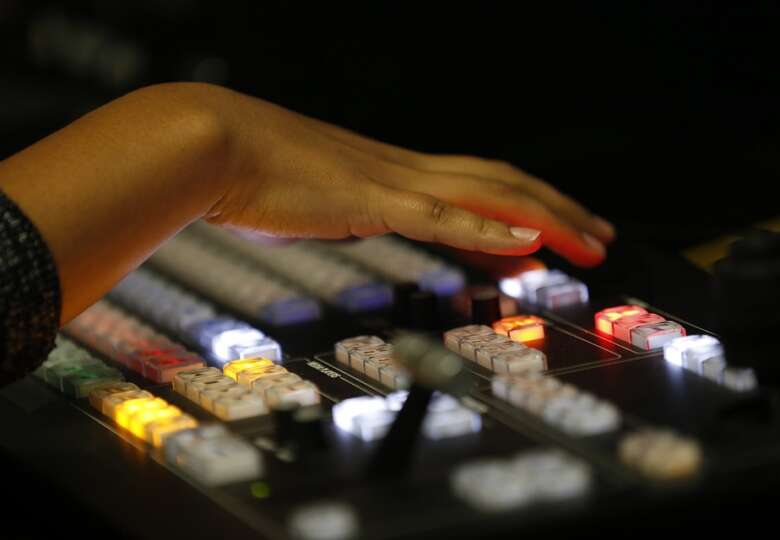[ad_1]
The Evolution of Film Soundtracks: From Silent Films to Dolby Atmos
Film soundtracks have come a long way since the era of silent films. In the early days of cinema, movies were accompanied by live music, usually played on a piano or an organ. As technology advanced, sound was introduced to films, leading to the creation of film soundtracks. Over the years, film soundtracks have evolved significantly, enhancing the cinematic experience and immersing audiences in the world of the film. Today, with the advent of Dolby Atmos technology, film soundtracks have reached new heights of realism and immersion.
Silent films, as the name suggests, were movies without synchronized sound. They relied on visual storytelling and were accompanied by live music to enhance the emotional impact of the scenes. The music was usually performed by a pianist or an organist, who would play a variety of pieces to match the mood and tone of the film. This live music added depth and emotion to the silent films, and the pianist or organist played a crucial role in shaping the audience’s experience.
In the late 1920s, sound was introduced to films with the advent of “talkies.” This marked a significant shift in the way films were made and experienced. The introduction of synchronized sound allowed filmmakers to incorporate dialogue, music, and sound effects directly into the film itself. This led to the creation of film soundtracks, which became an integral part of the cinematic experience.
During the early years of sound films, the technology was still in its infancy, and the quality of the sound was not always optimal. The sound was often recorded on optical soundtracks, which had limitations in terms of fidelity and dynamic range. Despite these limitations, filmmakers and composers found creative ways to use sound to enhance the storytelling. Iconic films like “Gone with the Wind” and “The Wizard of Oz” showcased the power of sound in creating memorable cinematic moments.
As technology continued to advance, so did the quality of film soundtracks. The introduction of magnetic soundtracks in the 1950s allowed for improved sound reproduction and a wider dynamic range. This opened up new possibilities for filmmakers and composers to create more immersive and realistic soundscapes.
In the 1970s, Dolby Laboratories revolutionized the film industry with the introduction of Dolby Stereo. This technology allowed for multi-channel sound, creating a more immersive experience for audiences. Films like “Star Wars” and “Apocalypse Now” showcased the
[ad_2]



